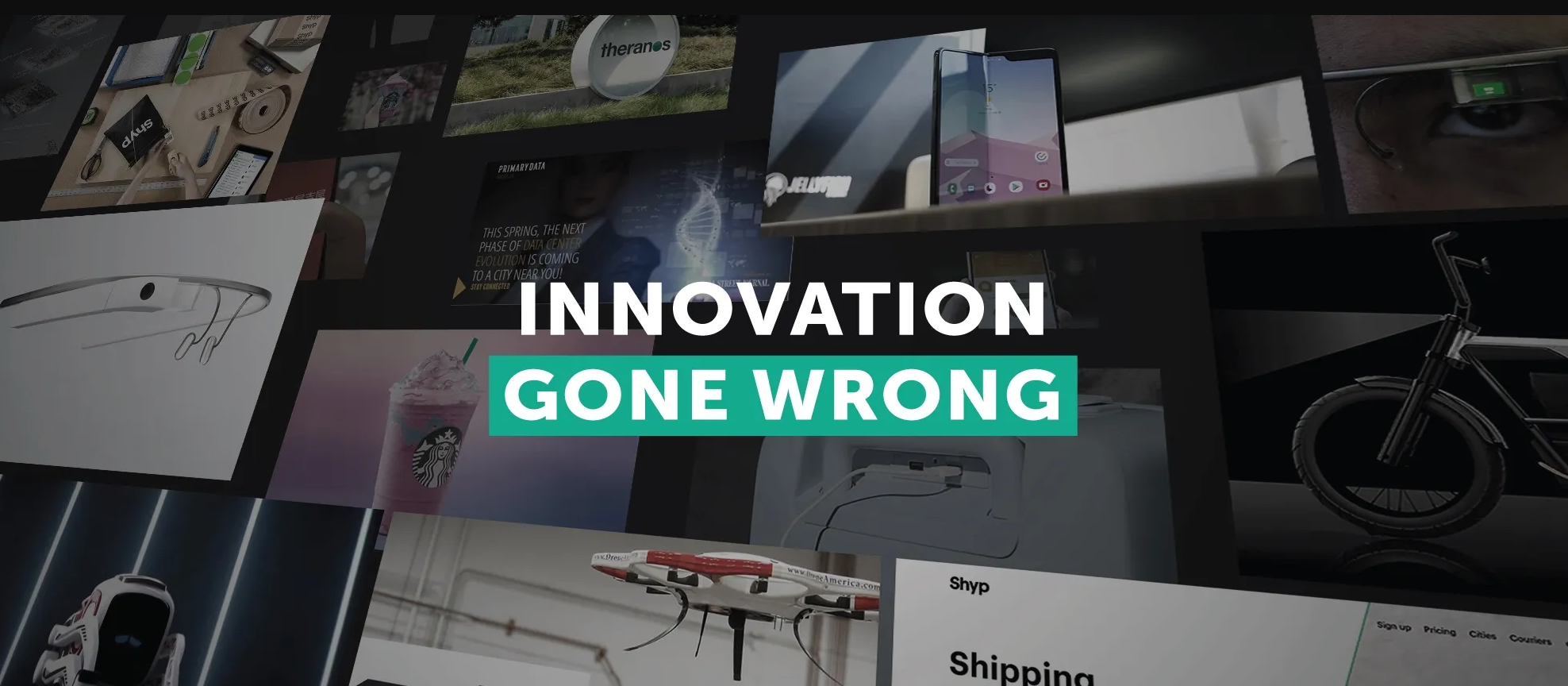In the ever-competitive world of business, leaders often face pressure to deliver quick financial returns, particularly in publicly traded companies where quarterly performance can make or break market sentiment. One of the most common responses to such pressure is cost-cutting—a strategy that promises to reduce expenses, increase immediate profitability, and satisfy shareholders. However, while cost-cutting can provide short-term relief, it frequently comes at the expense of long-term business health. Companies that rely heavily on this approach risk eroding their competitive advantage, diminishing innovation, and ultimately losing customer trust and market position.
The Appeal of Cost-Cutting: A Short-Term Fix
Cost-cutting can be a logical response when businesses face economic downturns, rising operational expenses, or falling profit margins. By reducing headcount, slashing budgets, or halting investments in research and development (R&D), companies can quickly improve their bottom line. Stock prices might rise, and investors may be temporarily satisfied by the improved profitability.
For example, in the 2000s, Sears adopted aggressive cost-cutting measures, closing stores and laying off employees in a bid to stem its losses. While these actions provided short-term financial relief, they exacerbated long-term issues—such as outdated stores, poor customer service, and a lack of innovation. Sears was unable to compete with e-commerce giants and agile retailers that invested in technology and customer experience. The result was a long decline, culminating in bankruptcy in 2018.
The allure of quick returns can be particularly compelling for CEOs and executives who are incentivized through stock-based compensation tied to immediate financial performance. These incentives often lead to decisions that prioritize short-term metrics over sustainable growth, reinforcing a vicious cycle of short-termism. While cost-cutting may appear to “trim the fat,” it can also deplete a company’s operational muscle—its capacity to innovate, grow, and adapt to changing markets.
Long-Term Damage to Innovation and Capabilities
When cost-cutting becomes a sustained strategy rather than a temporary solution, the consequences can be dire. One of the first areas affected is often R&D, where investments in innovation are deemed too costly or risky in the short term. While cutting R&D can improve margins quickly, it fundamentally weakens a company’s future potential.
Take the case of Kodak, once a dominant player in the photography industry. In the late 20th century, Kodak had the opportunity to invest in digital camera technology, a market it had helped invent. However, in an effort to protect its profitable film business and reduce short-term costs, the company downplayed its investment in digital technology. This short-term focus proved disastrous as competitors seized the digital market and Kodak lost its relevance, ultimately filing for bankruptcy in 2012.
Similarly, BlackBerry, the mobile phone giant, once dominated the smartphone market. But in a bid to preserve short-term profitability, the company failed to invest adequately in adapting to consumer preferences for touchscreens and app-based ecosystems. BlackBerry’s reluctance to commit resources to these emerging trends, coupled with its focus on cutting operational costs, allowed competitors like Apple and Samsung to surge ahead, leading to BlackBerry’s near collapse in the smartphone business.
Innovation, by its nature, requires investment in talent, technology, and time—resources that cost-cutting strategies often reduce or eliminate. Companies that sacrifice R&D in favor of short-term gains may find themselves lagging behind as markets shift and customer needs evolve.
Erosion of Human Capital and Organizational Capability
Cost-cutting strategies often result in layoffs, hiring freezes, and the loss of institutional knowledge. While reducing headcount can offer immediate savings, the long-term impact on an organization’s capabilities can be profound. Talented employees who are laid off or leave due to a lack of growth opportunities take with them not just their expertise, but also their relationships with customers, partners, and other stakeholders.
Consider the case of General Electric (GE) under Jack Welch in the 1980s and 1990s. Welch became famous for his aggressive cost-cutting measures, which included the controversial “rank and yank” system, in which the bottom 10% of performers were eliminated each year. While GE’s stock soared during his tenure, these cost-cutting measures ultimately eroded the company’s culture and talent pool. GE, once a symbol of American industrial might, struggled in the years after Welch’s departure as it became clear that many of its core capabilities had been weakened by years of underinvestment in talent and innovation.
More recently, Boeing offers a stark example of how cost-cutting can devastate human capital and operational performance. In an attempt to maintain profitability, Boeing shifted significant portions of its engineering and manufacturing processes to lower-cost contractors. The company also reduced its internal engineering workforce, focusing instead on outsourcing. This approach contributed to serious quality control issues, most notably with the 737 MAX—a failure that led to two fatal crashes, grounding of the entire fleet, and a massive reputational and financial blow. In Boeing’s case, cost-cutting measures led to diminished expertise and oversight, resulting in long-term damage to both its brand and its ability to innovate safely.
Customer Experience and Competitive Advantage at Risk
Cost-cutting can also erode the customer experience, which is often central to maintaining a competitive advantage. When companies reduce spending on frontline employees, customer service, or product quality, they risk alienating their customer base.
For instance, United Airlines experienced a backlash after a series of cost-cutting measures in the early 2010s that led to deteriorating customer service, reduced in-flight amenities, and more frequent delays. These efforts to save on operational costs, combined with several high-profile incidents of poor customer treatment, damaged United’s brand reputation and led to customer defections. Competitors that invested in customer experience, such as Southwest Airlines and Delta, capitalized on United’s missteps, resulting in long-term competitive disadvantages for the company.
Similarly, Tesco, the UK’s largest retailer, saw its customer satisfaction plummet when it undertook massive cost-cutting initiatives in the early 2010s. The company reduced staffing in stores, cut product lines, and lowered quality standards to improve short-term margins. The result was a sharp decline in customer service and store experience, which opened the door for competitors like Aldi and Lidl to gain market share. Tesco’s struggles to rebuild customer trust took years and required significant reinvestment in staffing and product quality.
The False Economy of Cost-Cutting
The underlying flaw of cost-cutting as a sustained strategy is that it often fails to address the root causes of financial underperformance. Instead of looking for ways to drive growth, improve efficiency through technology, or adapt to changing markets, companies may rely on cost-cutting as a stopgap. This not only undermines long-term sustainability but can also create a culture of fear and risk aversion within the organization.
In many cases, the temporary financial benefits of cost-cutting are offset by the long-term costs of reduced innovation, talent loss, and diminished customer loyalty. Companies that fail to invest in their future—whether through innovation, human capital, or customer experience—ultimately find themselves ill-equipped to compete in an increasingly dynamic and complex global market.
Moving Toward Long-Term Value Creation
To avoid the pitfalls of short-term visions and cost-cutting strategies, companies must adopt a more balanced approach that prioritizes long-term value creation. This includes investing in R&D, building and retaining talent, and focusing on customer-centric innovations. A strategic shift toward sustainable growth may involve upfront costs, but the payoff in terms of competitive advantage, market share, and brand loyalty is far greater than the temporary gains from cost-cutting alone.
Companies like Amazon, for instance, are often criticized for their thin profit margins, but the company’s relentless focus on customer experience and long-term innovation has allowed it to dominate global markets. Similarly, Microsoft’s investment in cloud computing under Satya Nadella, even at the expense of short-term profits, transformed the company and fueled long-term growth.
Conclusion
While cost-cutting may seem like an attractive solution to immediate financial pressures, it is rarely a viable long-term strategy. The erosion of innovation, talent, and customer trust far outweighs the short-term benefits, often leaving companies weaker and less competitive over time. In contrast, organizations that prioritize long-term investments, customer-centric innovation, and the development of human capital are better positioned to thrive in an ever-evolving business landscape.





